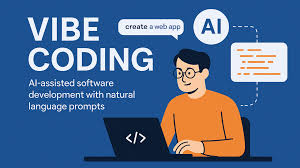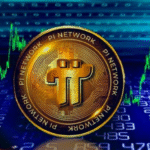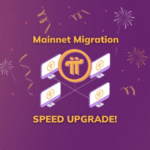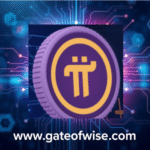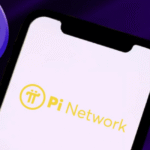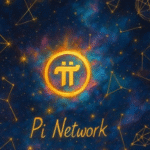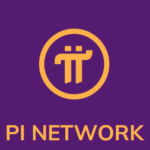GATEOFWISE.COM
As the world faces widening inequality, rapid technological disruption, and environmental strain, Pi Network is positioning itself not merely as a cryptocurrency but as a transformative framework for society. A recent predictive analysis shared by @applekhankorea presents a sweeping vision: eliminating redundant industries, reframing human contribution, and placing Pi as a core infrastructure for global renewal. This is more than digital money it is a rethink of humanity’s relationship with machines, value, and purpose.
The Origins of Pi Network
Launched by Stanford-trained developers, Pi Network was founded on the principle of democratizing cryptocurrency. Its mobile-first mining system allows anyone to earn Picoin through a smartphone, bypassing expensive equipment and energy-intensive processes. Today, with tens of millions of participants worldwide, Pi stands among the most accessible blockchain projects in existence.
But Pi’s ambition extends well beyond access. It seeks to build a decentralized, secure, and community-driven economy one that reflects global shifts toward sustainability, self-determination, and digital sovereignty.
Dismantling Redundancy in Industry
The predictive report highlights one of the most radical ideas: the elimination of industries that no longer serve humanity in the era of automation and decentralization. With AI and humanoid robotics assuming repetitive and extractive roles, Pi Network is envisioned as the framework to redirect human focus toward higher contributions. This would reduce ecological pressure by curbing unnecessary production cycles and instead promote value systems grounded in trust, collaboration, and creativity.
From Centralized Control to Individual Empowerment
For centuries, corporations have monopolized production, distribution, and ownership of data. Pi Network challenges this structure by turning individuals into active participants—currency creators, developers, and marketplace actors. Through decentralized governance and peer-to-peer exchange, people shape their own economic ecosystems.
This shift from centralized dominance to personal empowerment redefines how value is created, distributed, and sustained.
Humans as Active Currency Creators
In Pi’s vision, people cease being passive consumers and become active generators of value. By validating transactions, engaging with apps, and participating in governance, users mint and circulate economic activity. Currency, under this model, reflects human intention, interaction, and trust rather than institutional issuance.
Picoin thus becomes more than a digital asset: it transforms into an expression of human creativity and shared purpose, echoing emerging web3 theories where digital wealth doubles as cultural and social capital.
Pi as Infrastructure for Renewal
The predictive framework sees Pi not only as a financial tool but as the infrastructure of a regenerative economy. Here, “rest” is not inactivity it is alignment, balance, and sustainability. Users can participate at their own rhythm, contributing in diverse ways while shaping systems that mirror their values.
This vision challenges the culture of relentless hustle and reframes economic progress as inseparable from human and planetary renewal.
Web3 Development and Ecosystem Growth
Through the Pi Browser and developer tools, Pi Network is building an ecosystem where decentralized apps integrate payments, identity, and governance. Over 100 applications have already been created within the Pi environment, covering education, commerce, health, and public services.
This model allows innovation to emerge from community needs rather than corporate dictates, strengthening the link between technology and human purpose.
Obstacles and Predictive Risks
As with any foresight exercise, outcomes remain uncertain. Pi must navigate regulatory challenges, exchange access delays, and skepticism from traditional finance. Yet its community-driven foundation, clear direction, and adaptable infrastructure give it resilience in an unpredictable market.
The predictive report frames these uncertainties not as setbacks, but as variables in a larger evolutionary process of economic experimentation.
Conclusion
Pi Network is presented not simply as a cryptocurrency but as a blueprint for a new social and economic order. By dismantling obsolete industries, empowering individuals, and reframing rest as renewal, it sketches a future where value is defined by human trust, creativity, and collaboration.
The analysis shared by @applekhankorea envisions a decentralized, human-centered economy in which people not institutions determine worth. While challenges remain, the trajectory points toward a cultural and financial revolution that places purpose and participation at the heart of digital life.





